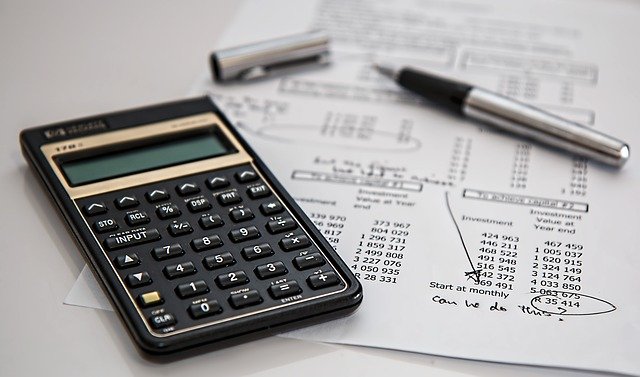When you account for anything financially, you will be governed by certain rules and conventions and lease accounting is no different. So, let us think about accounting standards in general and then two particularly important rules that we need to follow.
Accounting Standards
We can define accounting standards as a common set of standards, principles, and procedures that define the very basis of financial accounting and its practices and policies. They are fundamental to know when you work in accountancy and anybody who records figures concerning leases will be governed by them too.
ASC 842
ASC 842 is a new standard for lease accounting that has been published by the FASB (Financial Accounting Standards Board). Private companies were required to adopt it in 2020, while public companies should have already adopted it in 2019.
In summary, ASC 842 will record all leases on a balance sheet. The new standard here is to replace the former US GAAP Standard 840. The purpose of ASC 842 is to deal with a significant loophole in ASC 840 with regards to off-balance sheet operating leases. So, this ASC 842 lease accounting standard now has to be followed as a standard that has changed more recently.
ASC 842, to explain further, defines leases as either contracts or portions of contracts. It is to do with granting “control” of identifiable assets for a specific period in exchange for money. The term “control” is all-important in this definition.
GASB 87
GASB 87 replaces the categories relating to current operating and capital lease with a single model for lease accounting. The principle here is that leases are about financing the right to use assets.
GASB 87 comes into effect for the fiscal year 2022 and will apply to equipment, buildings, and land. It will impact someone leasing property whether they are a lessor or lessee. It narrows the definition that exists regarding a lease and so modifies how it is to be recorded on a financial statement, and therefore in accounting software.
GASB has also issued Statement No. 96 to expand requirements regarding subscription-based technology, which begins from the fiscal year 2023.
In conclusion, whether it is an ASC accounting standard or GASB category to take note of, we need to know about it when accounting for leasing. Hopefully, the above will inspire you to find out about all the other standards and practices that need to be followed to account properly and accurately for leases. We should also know about IFRS 16, for instance. It is not something that we can play at when things are being strictly regulated. Accounting is a specialist occupation and the area of lease accounting more so.
Thankfully, we have software that aids our automatic compliance when it comes to audits that relate to lease accounting. It will help us to integrate all our leases and to configure them. Automation is the future in terms of lease accounting so that we can maintain control of perhaps thousands of leases that are all happening at the same time. The positions of assets around the country and the world will constantly be changing, yet compliance will still be required. Then, what we have to adhere to, will always be subject to change and affect how we record things to satisfy others along with our own company’s requirements.
So, it is worth seeking out Lease Lifecycle Automation software. With LeaseAccelerator, for example, it is not only fast to use but also helps you stay compliant. The software will manage both equipment and real estate. It is a cost-effective way of managing the whole accounting function. It is easy for staff to learn and is management-friendly when it comes to seeing what is always going on. Particularly when there is an audit due to take place.

